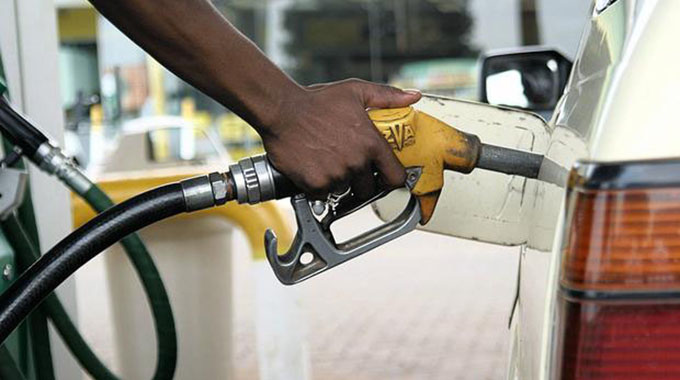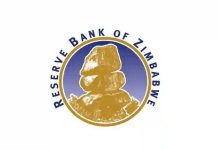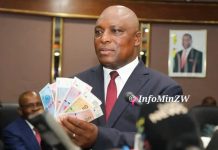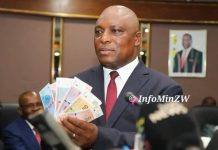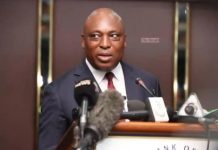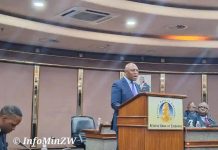One of the many factors making Zimbabwe’s economic reforms more difficult is that huge sums in foreign currency, probably in excess of US$1 billion, are locked up in nostro accounts or are in the form of US banknotes stuffed in safes and trunks.
Account and banknote holders hang onto their US dollars as a store of value, worried that inflation would erode the purchasing power if converted to Zimbabwe dollars.
But even though there are far more productive investments they could make if they did convert, the mindset in Zimbabwe is to keep spare cash as US dollars, even though there is no income from doing so.
A second factor is that there are significant sections of the informal economy operating in US dollars, with none of this foreign exchange entering the formal sector or banks.
No one knows how much is washing around the informal sector, nor how to get this cash into the formal sector where better use can be made of it.
It is in this environment that moves by Reserve Bank of Zimbabwe (RBZ) Governor Dr John Mangudya to have more service stations licensed to import fuel using free funds and sell it in forex need to be interpreted.
It is not part of a process to re-dollarise.
Rather, as Dr Mangudya has stressed, it is an effort to unlock these formal and informal stashes of foreign currency and bring more of it into the formal economy and banking system.
By doing this for fuel, the governor is probably onto something.
There are a lot of fairly wealthy people who dislike queuing for hours to buy fuel and do not see why they cannot just drive into a service station and fill up.
The fact that, depending on how you do the calculation, forex fuel costs 25 percent to 100 percent more than Zimdollar fuel does not over worry many in this group.
Forex fuel carries higher duties than Zimdollar fuel, so does cost more.
If retail prices are quoted at interbank rates, the gap is significant, but not exorbitant.
So, for the holder of nostro account free funds the convenience of buying forex fuel is not that expensive.

